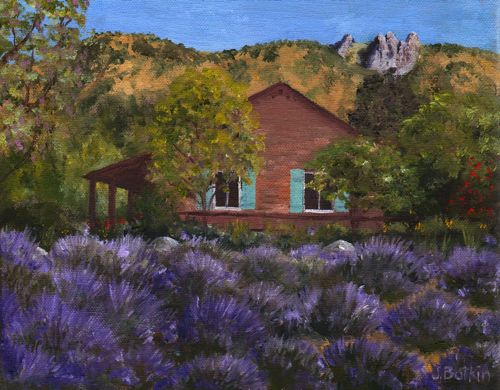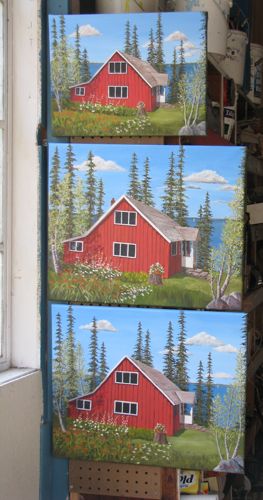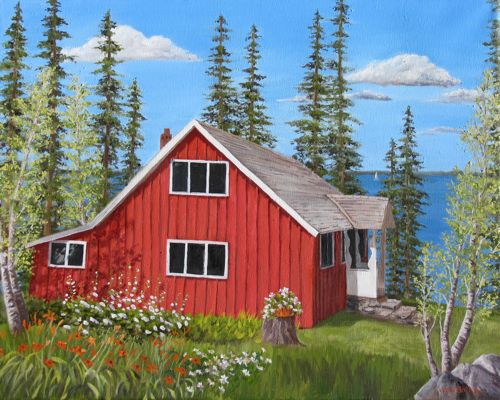Commissions are an important component of earning a living with art. Some artists love them, some do them while figuratively holding their noses, and some artists flat out refuse. I fall somewhere between the first 2 types of artists, because it depends on both the idea and the customer.
While I worked with Lisa on her commissioned oil painting of the Lake House last fall, I did some thinking about commissions. It is so tricky to work long distance, using photos, email and an occasional phone call. Words mean things, and relying on words to explain an unseen thing is tricky.
Three Rivers commissioned oil painting
There are several elements at work in this type of art-making endeavor:
The Ideas: Those who know what they want, and those who are not sure, and those who keep editing.
The Customers: Those who can communicate and those who cannot.
Hmmm, that makes 3 x 2 = 6 possible commission customers
1. Knows what she wants and can explain it – The easiest!
2. Not sure what she wants but can explain as she figures it out. . . keep talking, because eventually we will arrive. (Hi Lisa! We did it!!)
3. Keeps editing and can explain each new idea – keep talking, but my prices are really too low for this type of continual editing and changing. Construction companies call these “Change Orders” which means they charge each time a customer orders a change.
4. Knows and cannot communicate – yikes.
5. Isn’t sure and cannot communicate – Sorry, Toots, I am unable to be of any assistance here.
6. Doesn’t have an idea and cannot communicate – Fuhgeddaboutit.
It all comes down to communication.
The painting above was painted for a customer in the #1 category, except that she isn’t far away. She wants another just like it. That will be fun, and I will add the personal challenge of just like it only better.
P.S. I see it is time to update my commissioned oil painting page because I have put commissioned paintings on the sold page instead of where they belong! Where are My People? I need People for this stuff!












